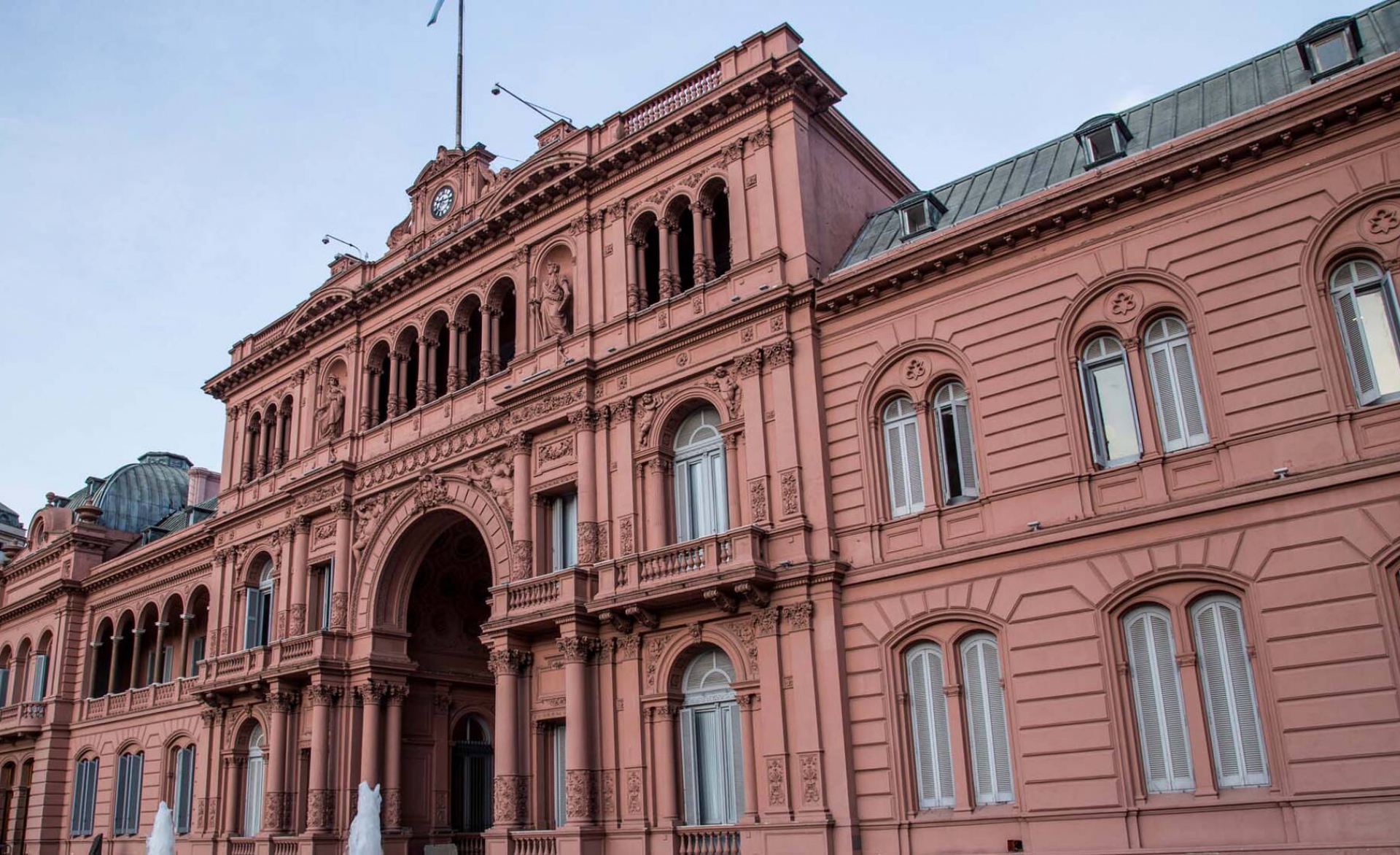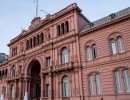The Casa Rosada is the seat of the Executive Power of the Argentine Republic, and is located in front of the Plaza de Mayo, in the Federal Capital of the country. The President of the Nation, his different Secretariats and the Chief of the Cabinet of Ministers govern from there.
The site where the Casa Rosada is located was the seat of successive political authorities since the foundation of Buenos Aires in 1580. Throughout history it was abandoned and partially demolished, but it was once again the seat of political government in 1862, when the then president Bartolomé Mitre moved in with his ministers, renovating the old official residence of the fort.
His successor, President Domingo Faustino Sarmiento, decided to embellish the abode of the National Executive Power, endowing it with gardens and painting the façades in pink, with which it later continued to be characterised.
The construction of the current Government House began in 1873, when a decree ordered the construction of the Post and Telegraph building on the corner of Balcarce and Hipólito Yrigoyen.
A few years later, President Julio Argentino Roca decided to build the definitive Government Palace on the corner of Balcarce and Rivadavia, a building similar to the neighbouring Palacio de Correos. Both buildings were joined in 1886 by means of the portico that today constitutes the entrance to the Casa Rosada facing Plaza de Mayo.
With constant changes since its construction and with works of recovery of the historical building, we invite you to know some of the most outstanding places of the Casa de todos los Argentinos.
Heroes of Malvinas Hall
Formerly called ‘Salón de los Pueblos Originarios’ (former Salón Colón), the Salón Héroes de Malvinas is located on the ground floor of the Casa Rosada and was inaugurated on April 2, 2024 as a tribute to the veterans and fallen in the Malvinas War.
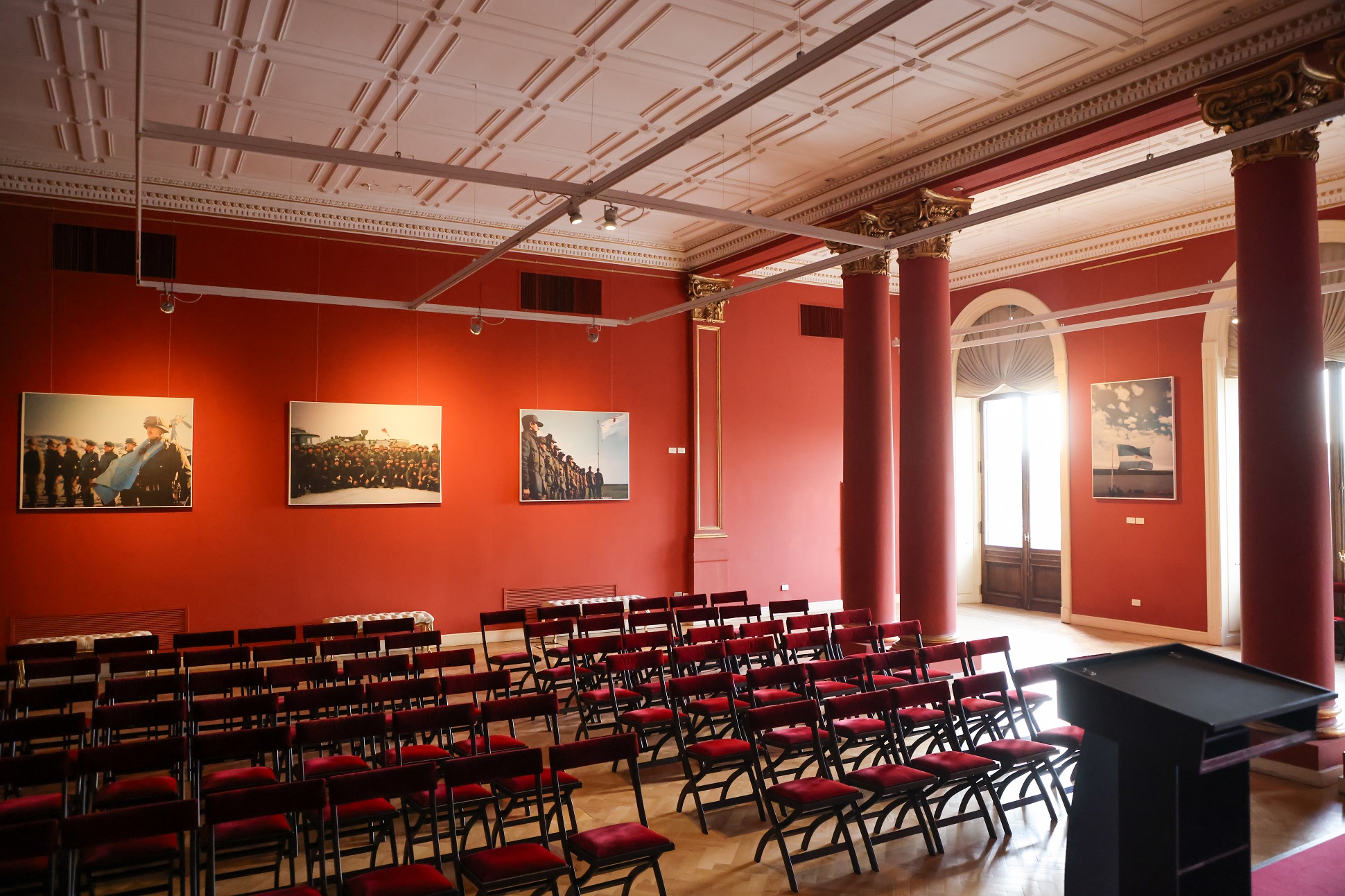
Hall of Honour, also called the Galería de los Bustos (Gallery of Busts)
It is accessed through the main entrance, which is the one facing north. It is also called ‘Galería de los Bustos Presidenciales’ (Gallery of the Presidential Busts), since the Presidents are portrayed there in Carrara marble. In the hall there are two Art Deco style reliefs made by José Fioravanti that symbolise ‘The Exaltation of the Young Homeland’ and ‘The Heroic Feeling of the Race’, located on the side walls of the room.
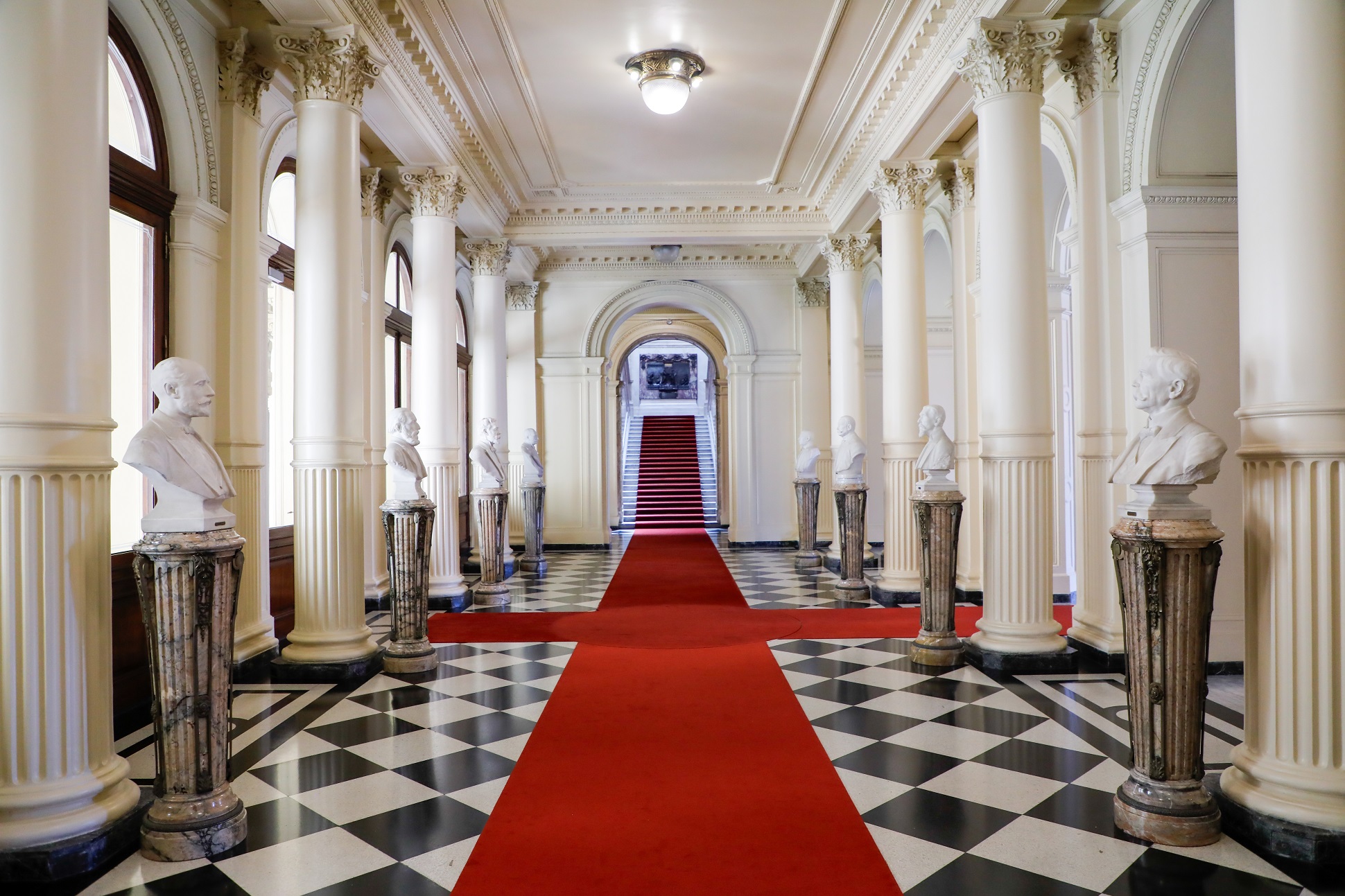
Patio de Honor, popularly known as the Patio de las Palmeras (Palm Tree Courtyard).
It is the lungs of the House and gets its name from the four Yatay palm trees that were placed there in 1904. In 2018, the government of Corrientes donated a specimen of this palm tree, native to the northeast of our country, and today it is the youngest palm tree in the courtyard. In its centre is an artistic iron fountain of French origin surrounded by flower beds.

White Hall
The design and construction of the hall is the work of the architect Francesco Tamburini. Originally conceived as a place for receptions, it is the main hall of the Palace due to its functions and size. It is here that the most important events take place, such as the swearing-in ceremonies of Ministers and Secretaries of State, receptions for special guests, the signing of international treaties and national chains.

Press Room
Located on the first floor, this is the place where the press conferences of officials are held, particularly those of the Presidential Spokesperson, as it has the necessary equipment for press coverage. This room has a seating capacity for 32 people. It was formerly called Salón de los Escritores y Pensadores Argentinos del Bicentenario.
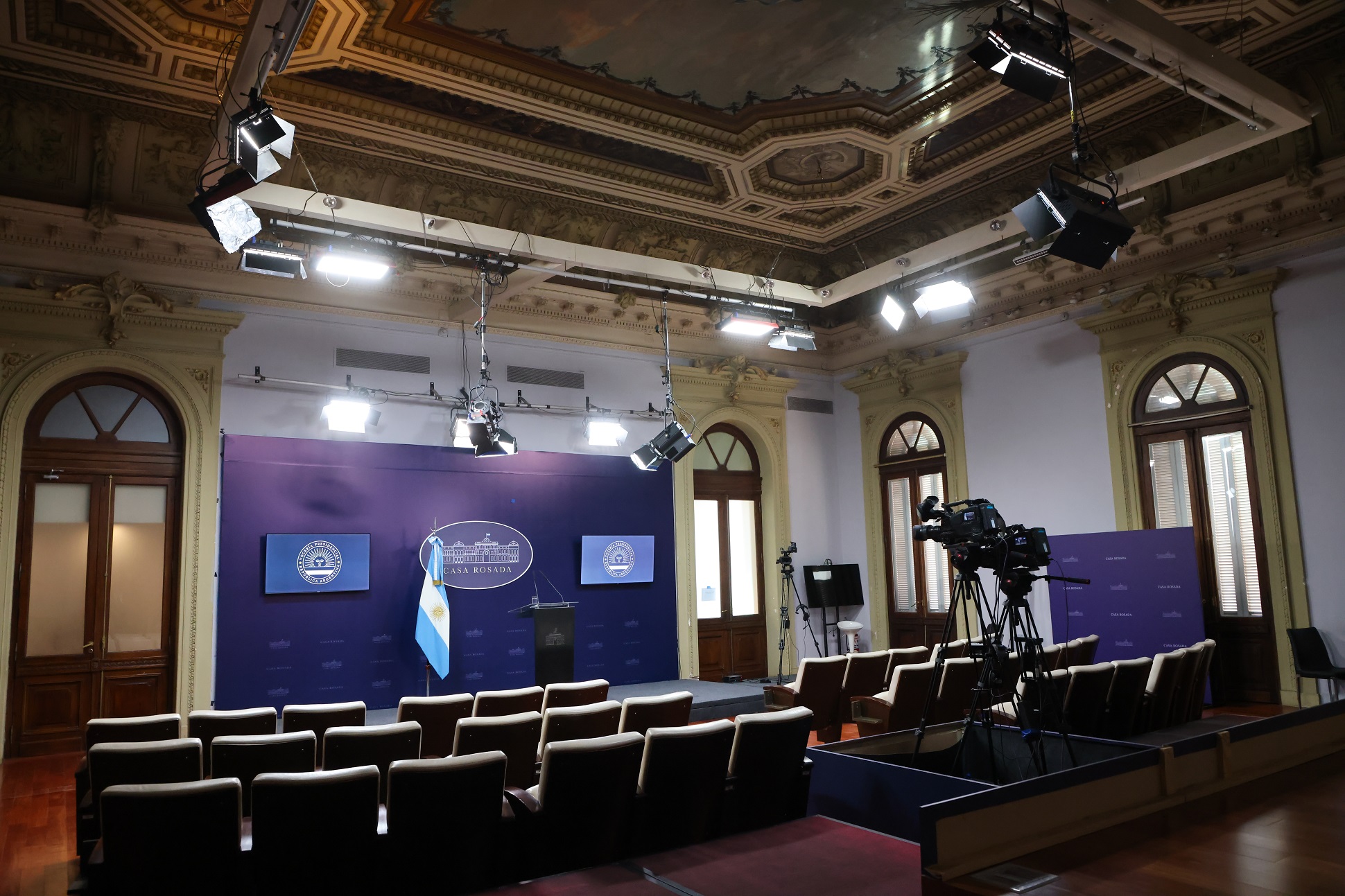
Find out all about it in Points of Interest of the Casa Rosada.
